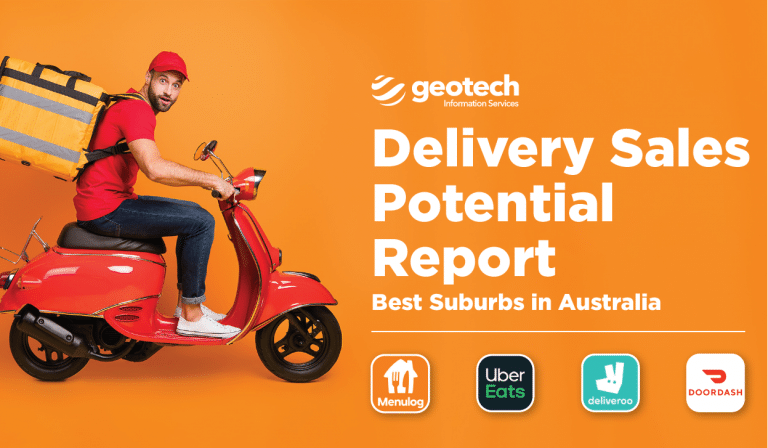Delivery aggregator sales in the QSR and Casual Dining space have grown at an incredible rate over the last 18 months. What was already a steadily growing channel for the sector saw the equivalent of 5-8 years in organic growth occur in just 6 months as the pandemic took hold. Many restaurant operators saw a doubling to tripling of delivery sales in this period, offset by reductions in their traditional dine-in channel.
What was expected to be a short lived pandemic spike (with a return to ‘normal’ following) proved to be anything but. Delivery sales increments have largely been retained in 2021 even as dine in sales slowly returned, indicating that an incredible, lasting change in consumer behaviour with regard to delivery has occurred. This has resulted in an overall growth in the market as a whole, and has seen delivery move from being a bit player in the overall channel mix to becoming a vital, fundamental part of the total QSR and Casual Dining offer.
Growth in delivery since Covid-19 has not been consistent across Australia. By and large, the most significant growth has occurred in traditionally low delivery areas, being family and middle socio-economic. Traditionally high delivery areas, such as the inner city, have not seen the same level of post Covid-19 growth occurring however.
Due to extreme delivery sales growth, many operators have been caught flat footed, servicing delivery without any real strategy in place. One of the biggest challenges here is access to good information. As the aggregators do not often release delivery data to their clients, many operators are running blind as to who and where they are delivering to, and would be oblivious to whether they are actually performing strongly or not in any given area.
In order to get around this and to facilitate better planning, Geotech has developed a dataset that estimates suburb delivery usage and spend per household in the QSR and casual dining space. This data has been extrapolated and estimated using a combination of
- Demographic, lifestyle and geographic factors underpinning delivery performance generally
- Current aggregator geographic coverage across Australia, aggregator delivery areas serviced and estimates of aggregator share of market
- Mobile device tracking of aggregator delivery drivers
- Credit card and expenditure data
The resultant data reflects estimated relative spend by suburb across Australia for the entire QSR and casual dining sector.
This data can be used in a number of different ways, including
- To compare your brand percentage of delivery sales compared to others in your area, in order to identify those restaurants that could be doing better delivery sales.
- To identify the highest delivery demand areas for your brand (by combining Geotech delivery data with your brand’s demographic target market profile).
- To plan the support of the anticipated levels of delivery demand, right at the new restaurant planning stage.
Geotech can also assist with identifying areas that are growing their delivery most significantly, or areas that are contracting.
Taking a bit of time to assess your delivery performance (against the industry generally) will allow you to carefully plan the ways you can maximise your performance in this (now) vital sales channel.

